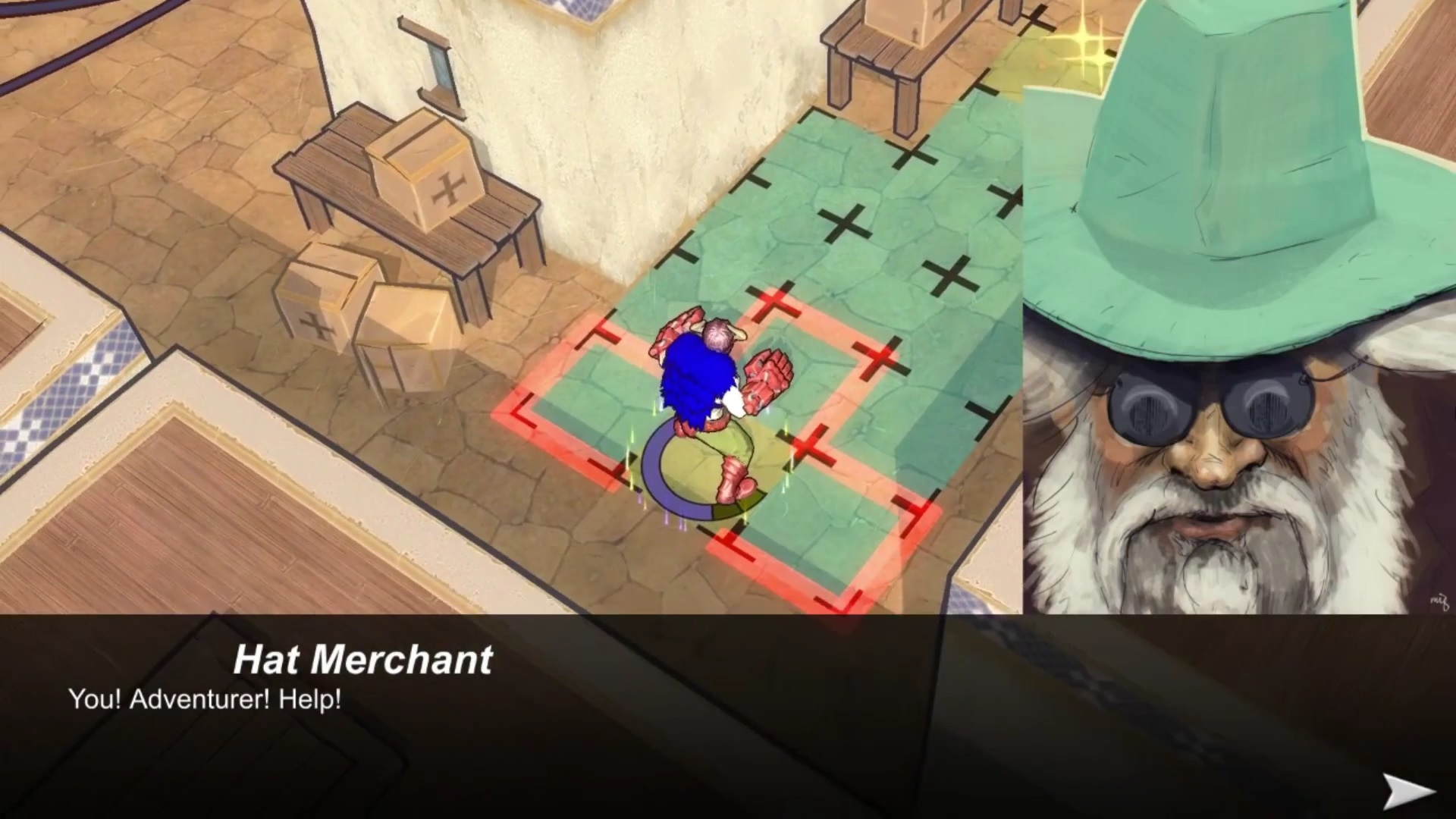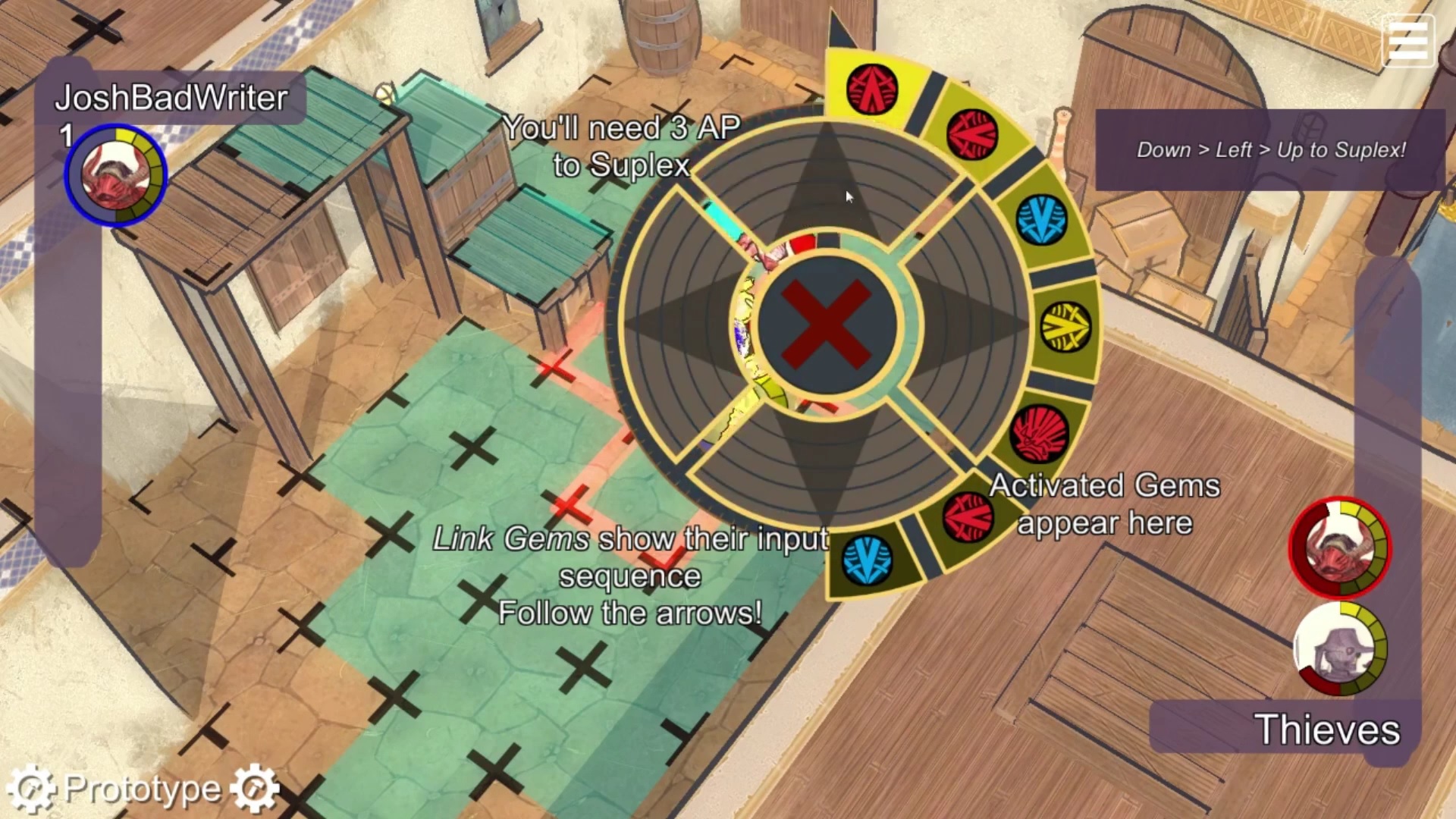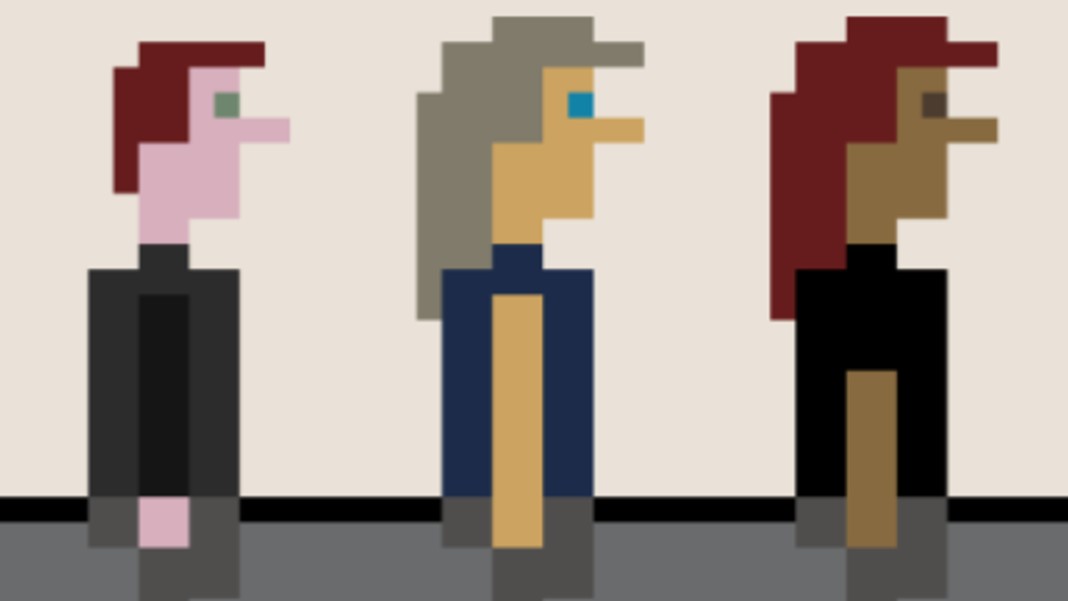In our first let’s play in about a month, we take a look at City of the Shroud. Now fully funded on Kickstarter, we’ve been keeping an eye on this ambitious game for some time. Promising an epic combination of Street Fighter and Final Fantasy Tactics, as well as a popular fantasy novelist to write the script, this strategy has a lot to live up to.
The first thing you’ll notice about City of the Shroud, aside from its pretty art anyway, is that combat is handled a little differently. Keeping with its strategy roots, you move your characters around a grid. Positioning your soldiers in the right places is just as important as how strong they are, and when you choose to attack. But Shroud breaks away from those roots when it comes to actual combat.
You’re given a combat wheel, something that’s been gaining popularity in RPG’s over the years, so you can be more in control of your soldiers attacks. That’s the theory, at least. In practice, it feels like you don’t have any control at all. In the tutorial, Shroud does a great job of making you feel like you’re unleashing all kinds of exciting, deadly combos using the wheel. As your moving your mouse around the outer buttons to whatever order the game dictates, you’ll watch your little minion do some pretty cool (if badly animated) attacks.
The problem arises once you’re out of the tutorial, and the training wheels are taken off. Gone are the arrows telling you which way to move the mouse for combos. Instead you have to figure it out yourself. Your experience will quickly devolve into randomly spinning the mouse around the circle hoping you pull off some kind of decent attack, getting disappointed each them when you realize you’re doing tiny amounts of damage. That’s assuming you can attack at all.
Since the combat itself is in real time and not turn-based, you have to wait for your AP to fill in real time. If you pull off a string of attacks with one character, you have to wait for them to slowly refill their AP before you can do anything with them again. It’s not a fast wait either. Multiple times in the first battle I was sitting on my hands waiting for all four of my soldiers to regain their action points.
Slow-ness seems to be a major theme in City of the Shroud’s gameplay. It would have been bearable, if unplayable, if your or the enemy’s attacks dealt any great amount of damage. Instead, with nothing but basic punches and kicks, attacks from both sides feel more like an intense showdown of Victorian gentlemen slapping each other with their gloves. Again, the highly scripted tutorial gave a false impression of quick, exhilarating gameplay while the actual game felt slow and monotonous.
You won’t have a terrible time with City of the Shroud’s demo. There’s certainly an air of potential, with its excellent writing and eye popping graphic style. The gameplay has a solid idea behind it at the very least, if not exactly well executed. It’s problems seem like they can be fixed in a single programming session with the tweaking a few numbers, so it’s not like City of the Shroud is totally broken.
Overall Shroud is a mixed bag. It’s not hard to see why it was funded so quickly in its second attempt on Kickstarter. It’s also not hard to see why it’s first campaign failed. Backing developer Abyssal Arts is the ultimate Kickstarter risk. They have little previous experience in game development, and their demo isn’t great, but it shows promise. It’s already fully funded, and with 14 days to go it seems like they’re going to get a lot more than $15,000. Let’s hope they put that money to good use.
https://www.youtube.com/watch?v=Db79YBcgs0c






[…] last couple of weeks, Cliqist has been upping its coverage on tactical RPG City of the Shroud, which been very successful on Kickstarter. Why City of the […]